On December 7, the State Council of the People's Republic of China (the Chinese Government) announced an expansion of the "blue sky protection" plan, which prohibits the construction of new steel plants to cut carbon emissions and improve air quality.
China has previously banned new steel projects in specific areas across the country. The bans aim to reduce fine particulate matter (PM2.5) concentrations in major cities by 10% by 2025 compared to 2020 levels. Last year, more than 25% of Chinese cities failed to meet the PM2.5 standard of 40 micrograms per cubic meter, according to Xinhua.
Emissions from the steel industry have increased over the years, accounting for 15-18% of China's total carbon emissions in 2020, according to researchers from the Chinese Academy of Sciences.
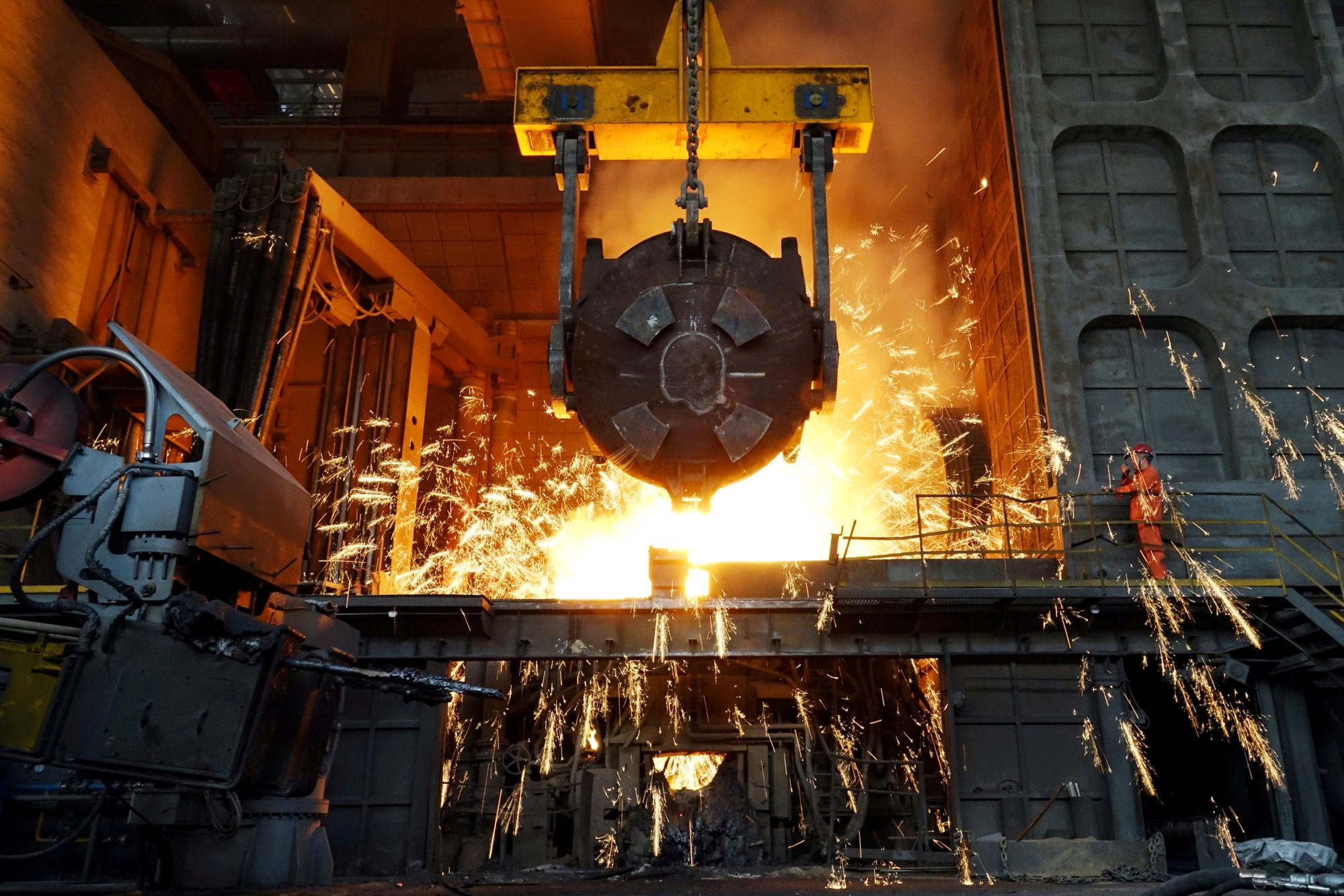
State Council plan to reduce steel production from blast furnaces. Photo: Reuters.
According to the action plan, by 2025, more than 80% of China's steel production capacity will "complete ultra-low emission transformation tasks".
In Hebei, China’s top steel-producing province, the number of iron and steel companies has been cut by nearly 70 percent to meet local targets, according to Xinhua. This has led to a significant drop in PM2.5 concentrations from 104 micrograms per cubic meter in 2013 to 38.9 this year.
In addition to the ban on the construction of additional steel plants, the plan also proposes a number of other measures to improve air quality, including phasing out outdated production facilities in high-emission industries and promoting the development of green industries.
Under the plan, China aims to limit high-energy-consuming and high-emission projects and require replacement projects. Expansion or replacement projects will need to undergo environmental assessments and energy conservation assessments.
Other targets for 2025 include a 10% reduction in emissions of volatile organic compounds and nitrogen oxides compared to 2020 levels.
The plan also sets out specific policies for key regions such as the northern megacities of Beijing and Tianjin, as well as areas around Hebei province, Shanghai and the Yangtze River Delta. Both regions will have to cut coal consumption by 10 and 5 percent, respectively.
Meanwhile, the number of public transport vehicles using new energy and the coverage of fast charging stations will have to reach 80% in key areas, while non-fossil fuel energy will have to account for 20% of total energy consumption.
The plan also calls for increasing natural gas production to reduce the need for coal for household heating.
Other measures include strengthening oversight of industries, strengthening environmental policies while keeping economic goals in mind, and improving international cooperation on issues such as air pollution.
Hoai Phuong (according to Xinhua News Agency, SCMP)
Source




![[Photo] Prime Minister Pham Minh Chinh chairs the Government's special meeting on law-making in April](https://vstatic.vietnam.vn/vietnam/resource/IMAGE/2025/4/13/8b2071d47adc4c22ac3a9534d12ddc17)





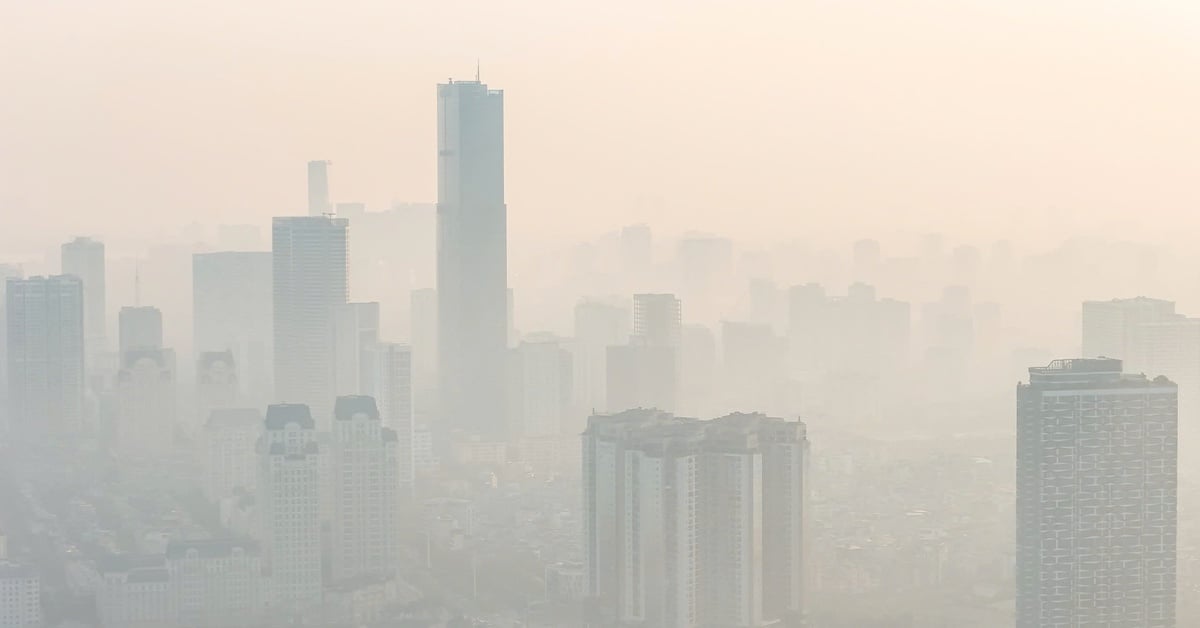

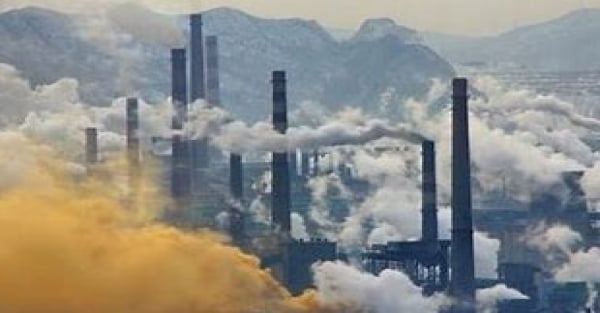


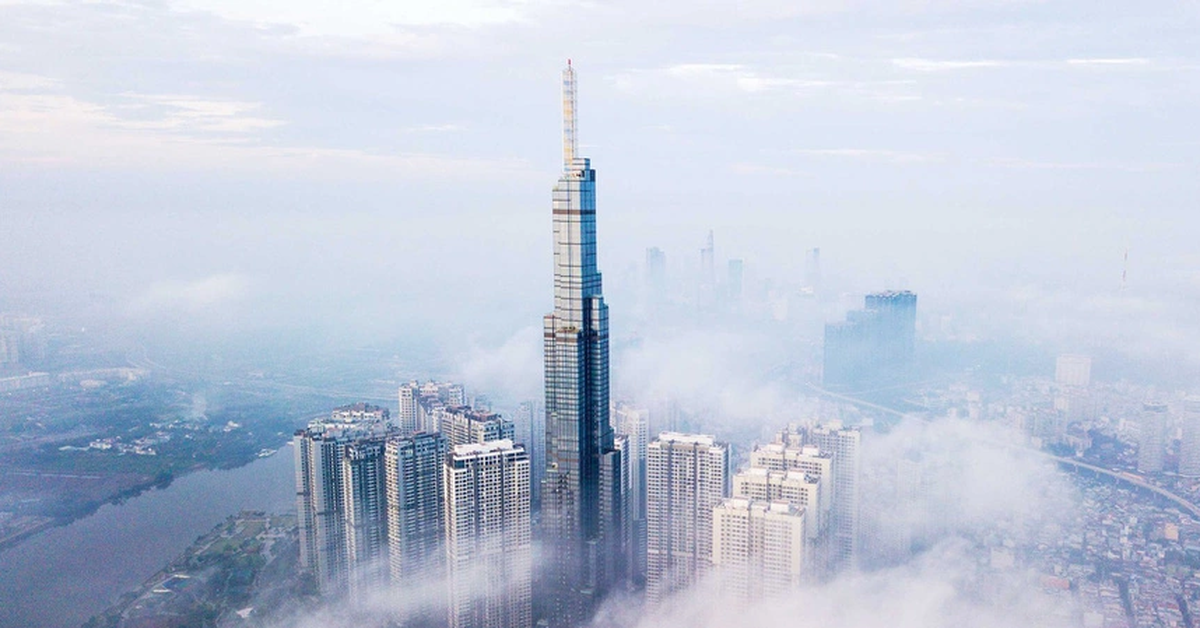






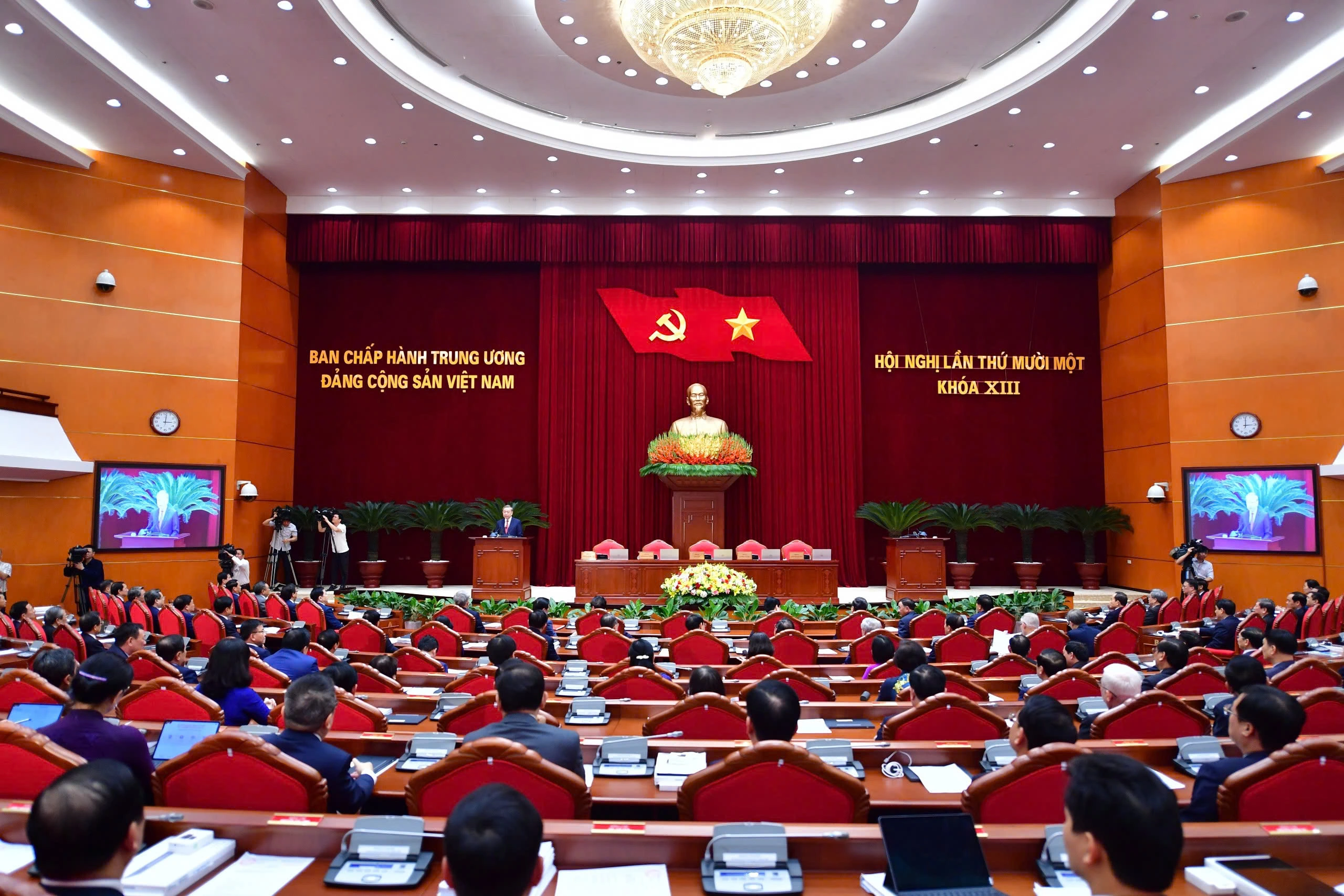
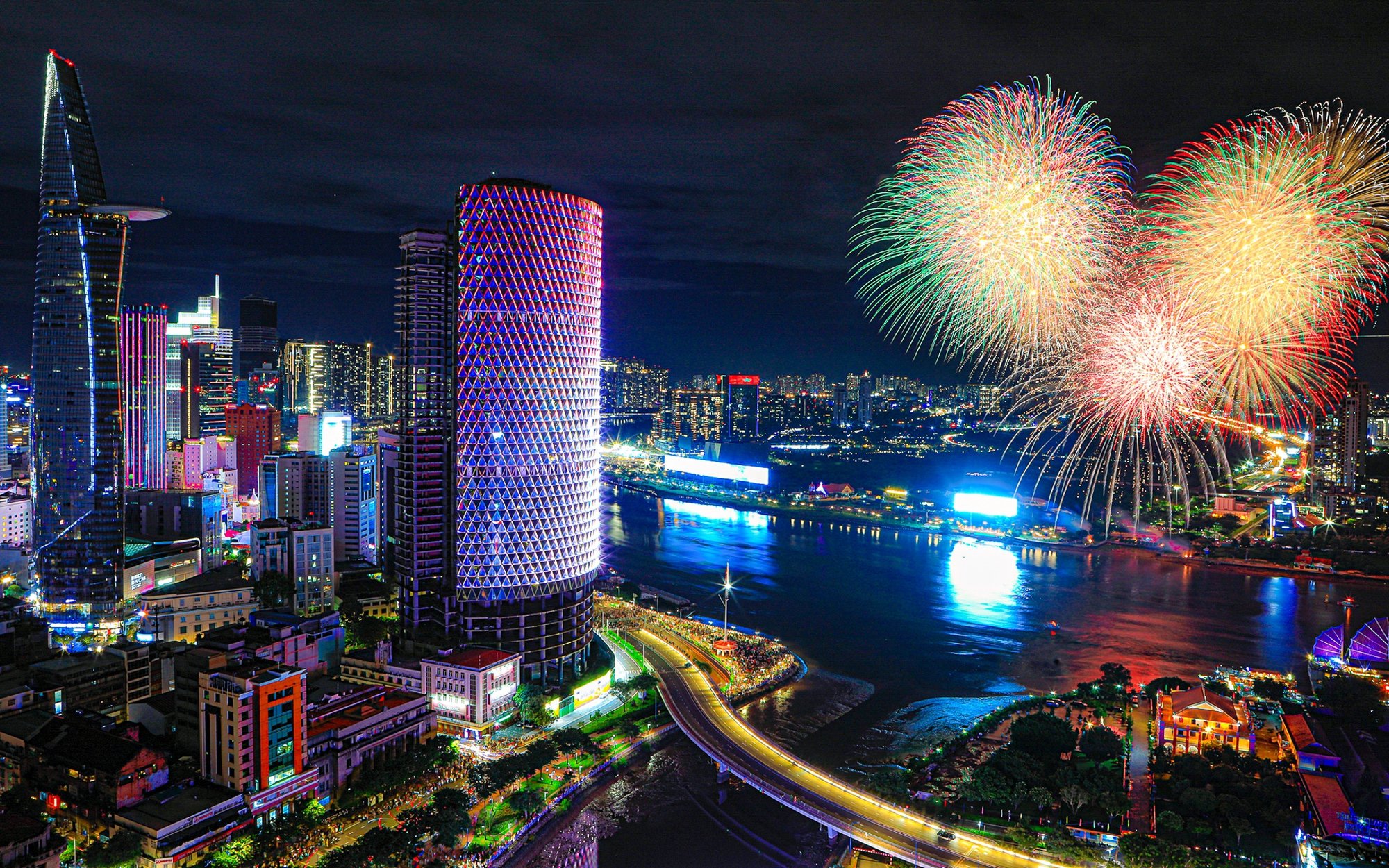










![[Photo] Closing of the 11th Conference of the 13th Central Committee of the Communist Party of Vietnam](https://vstatic.vietnam.vn/vietnam/resource/IMAGE/2025/4/12/114b57fe6e9b4814a5ddfacf6dfe5b7f)



























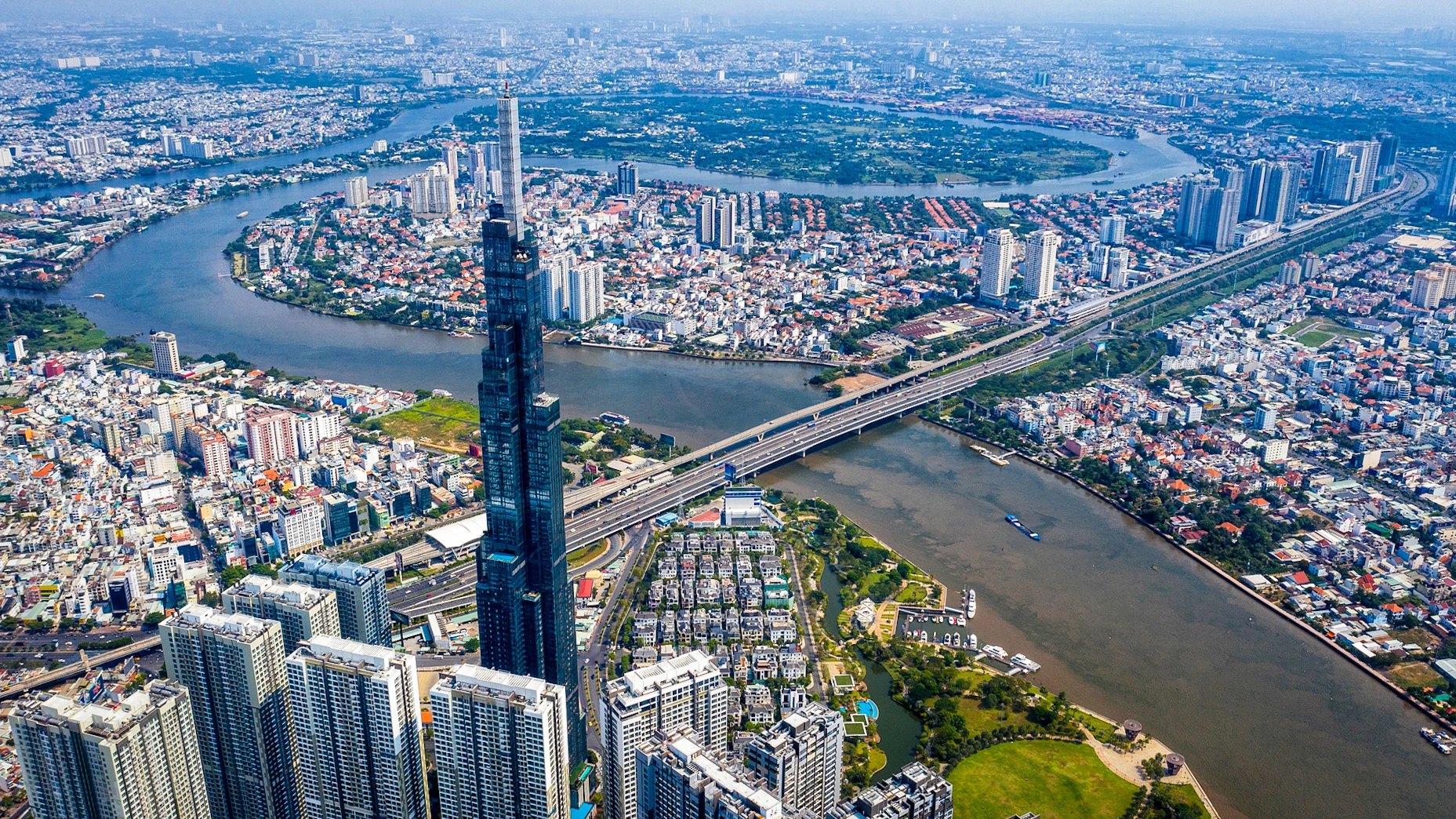
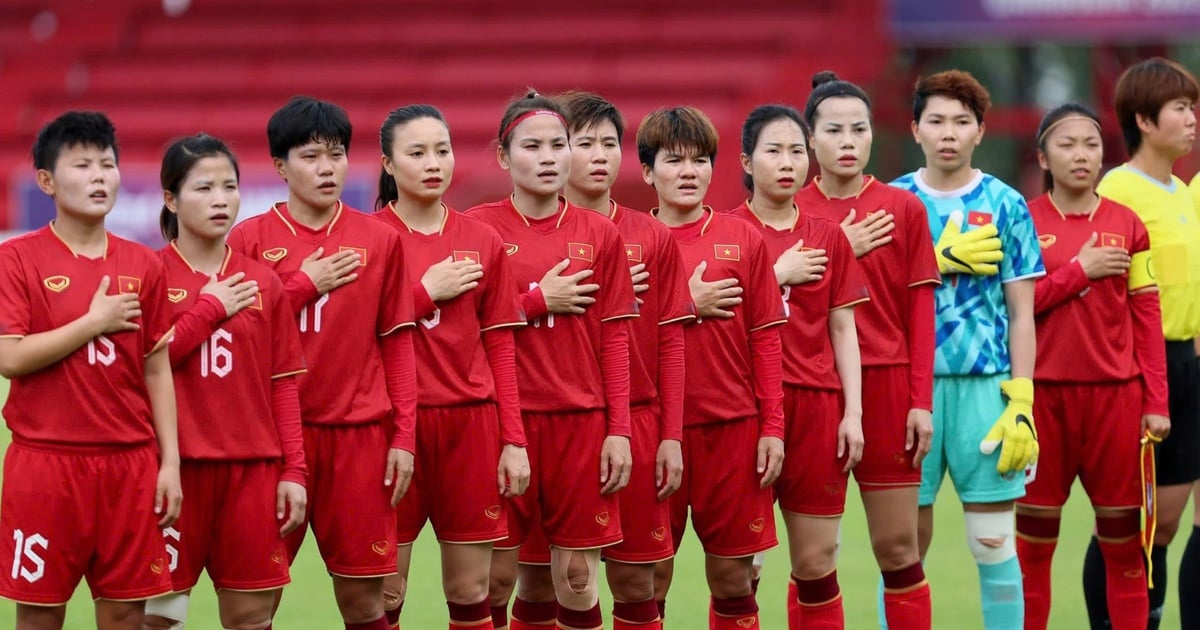
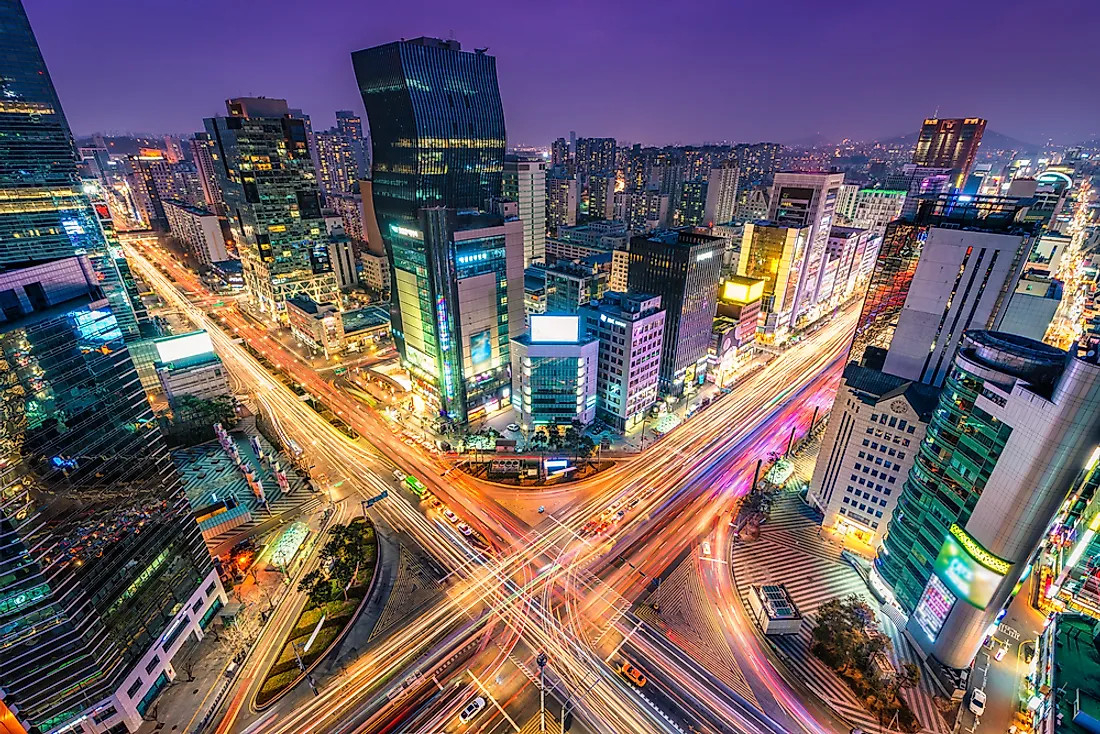

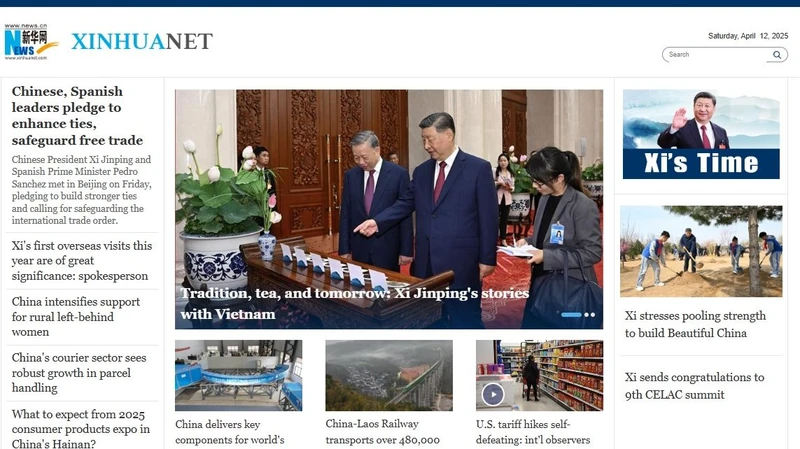










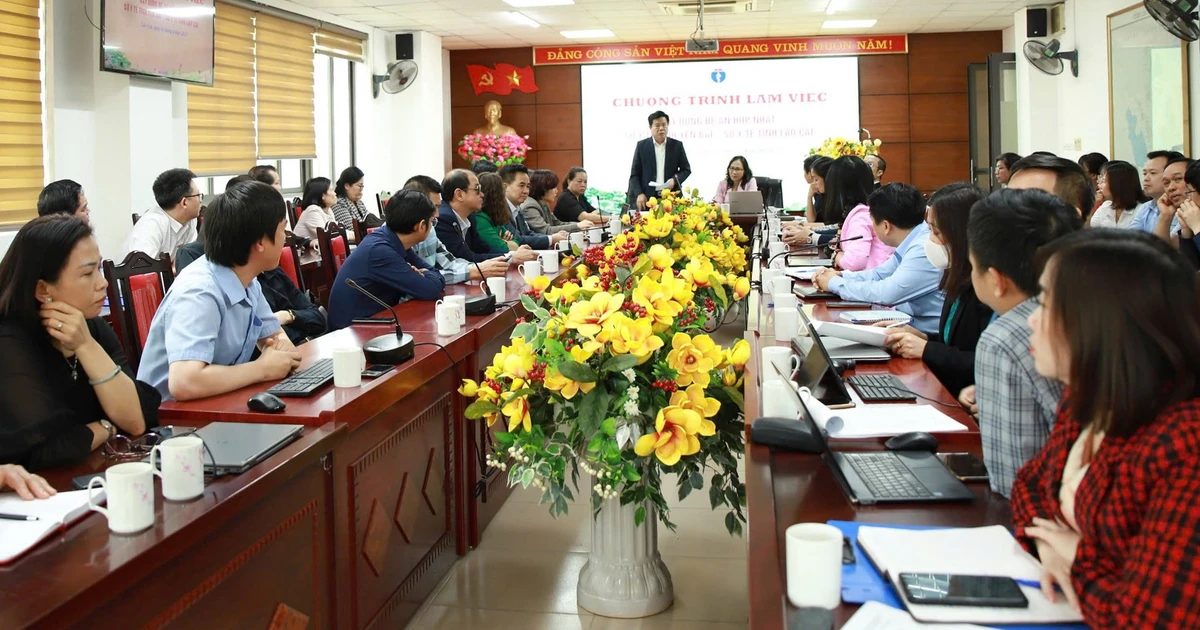



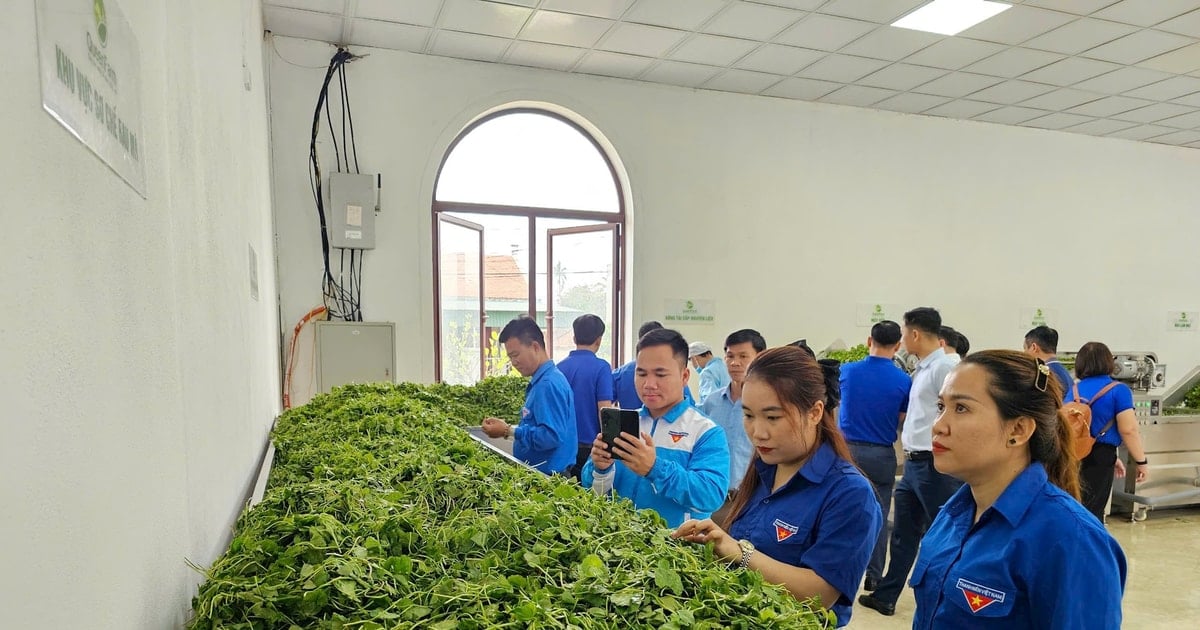


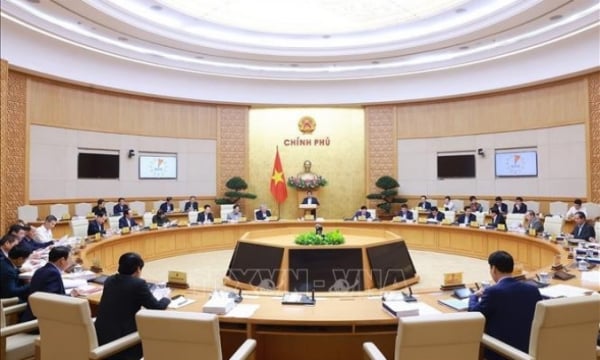











Comment (0)